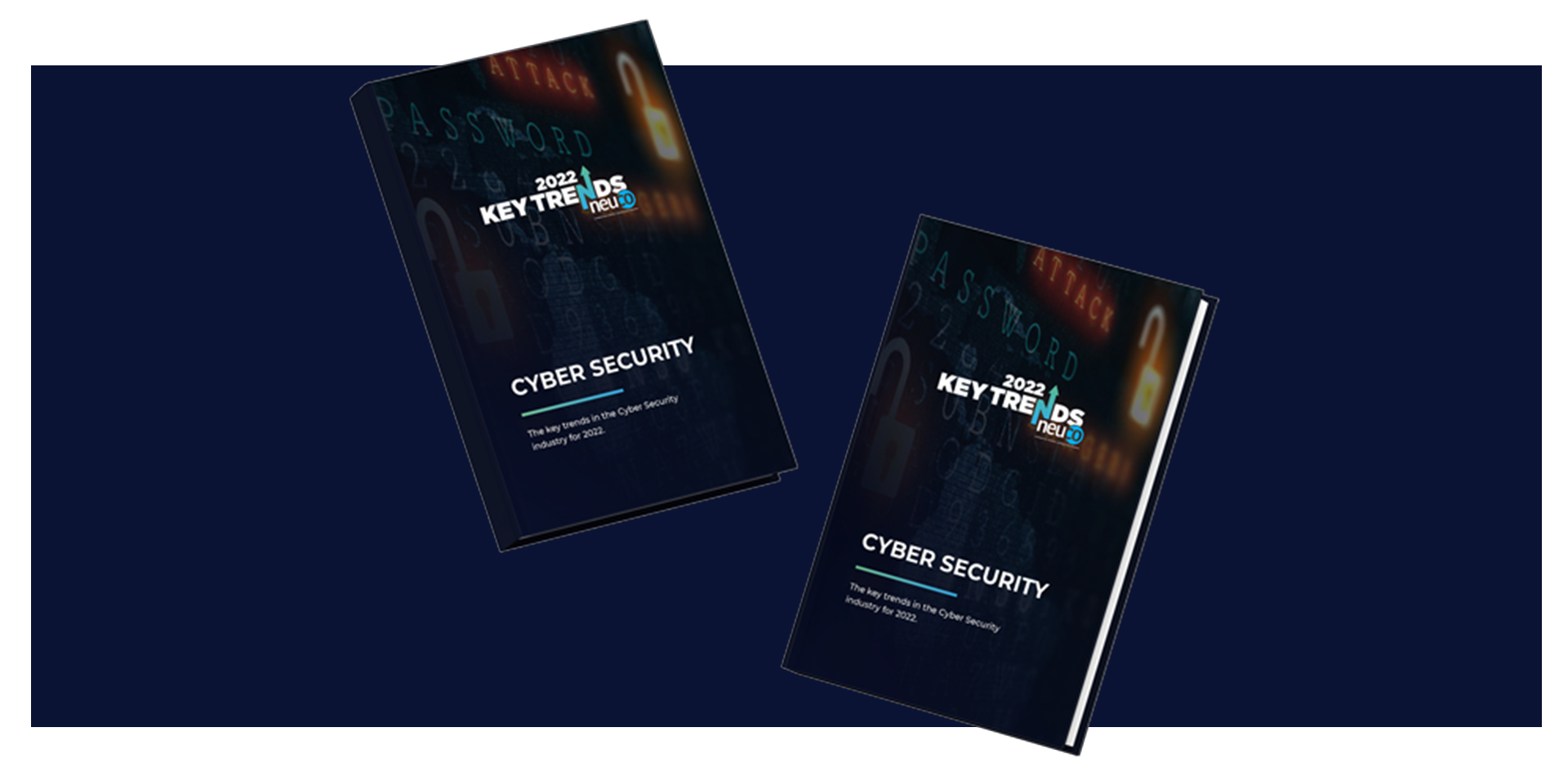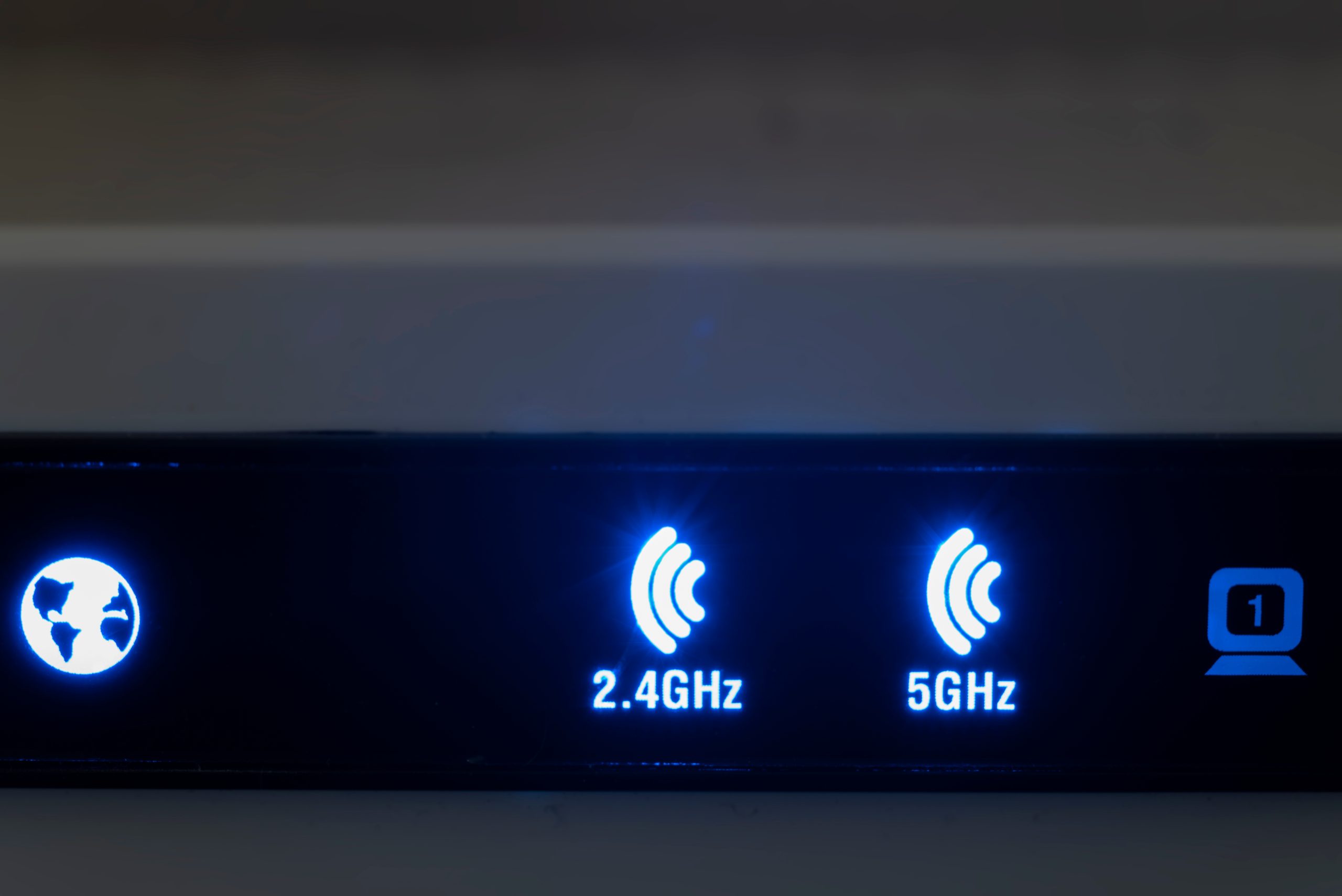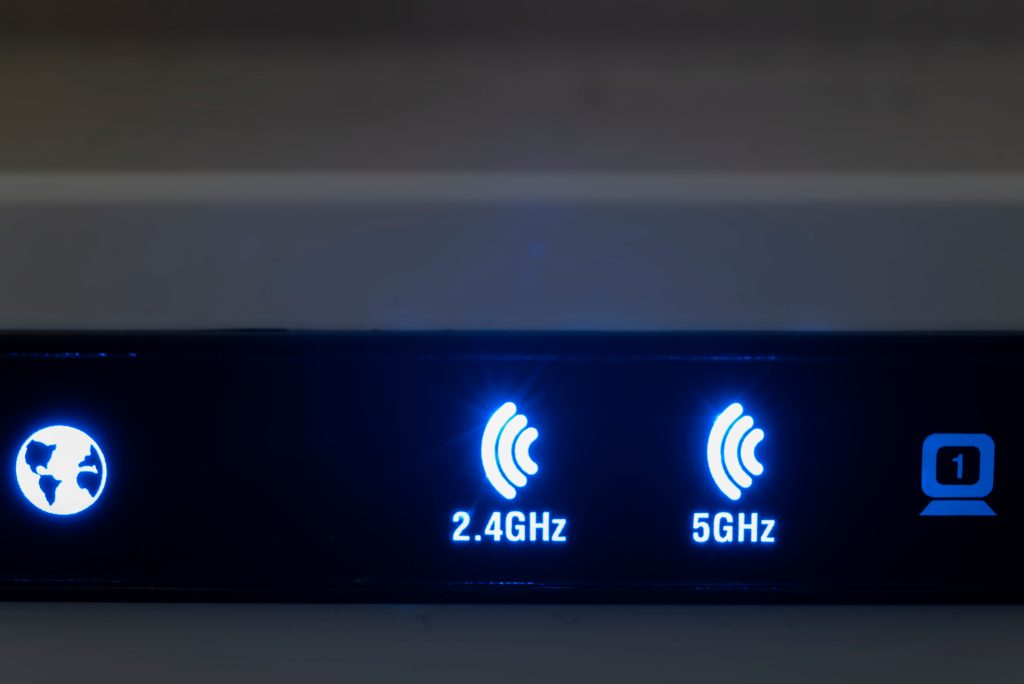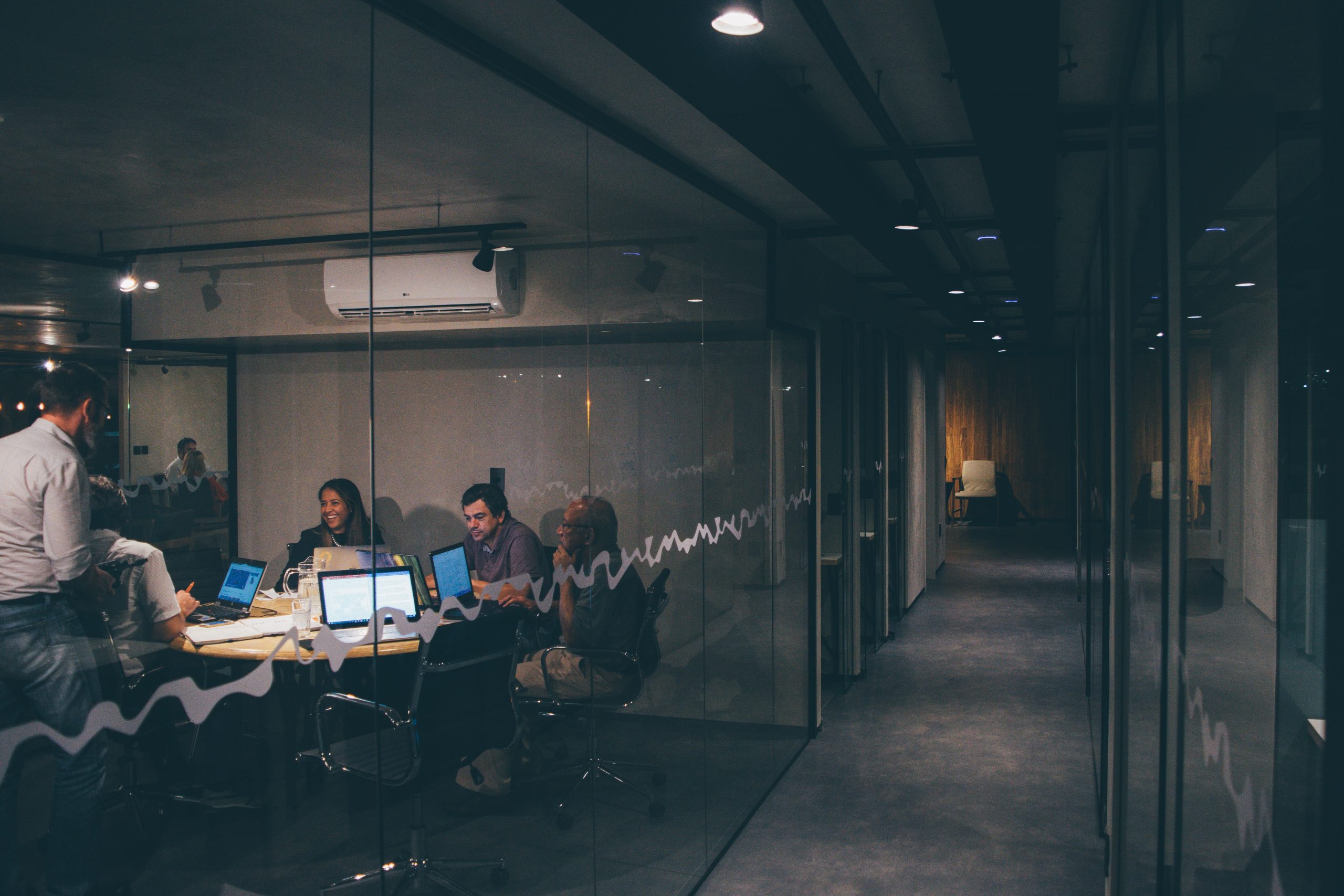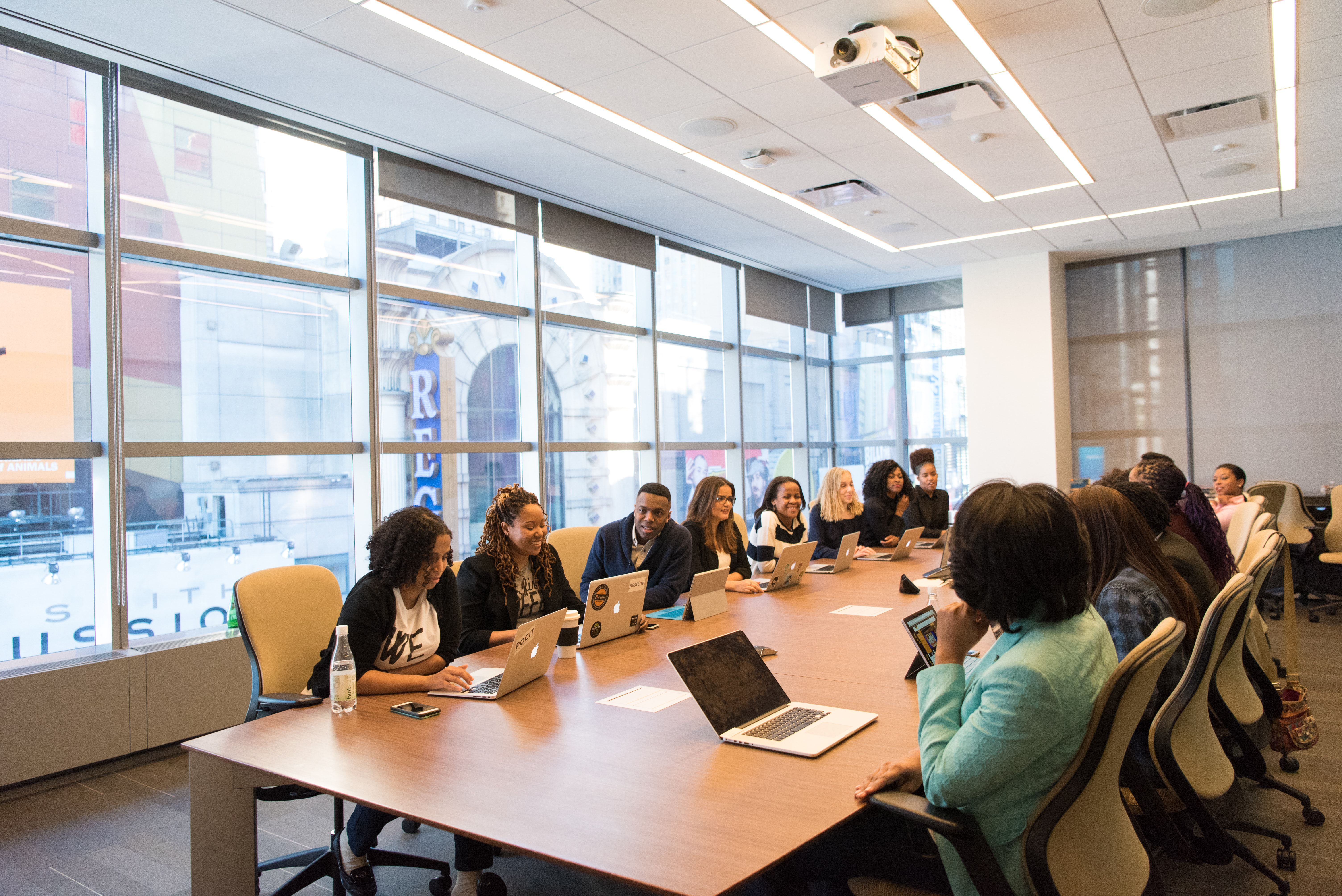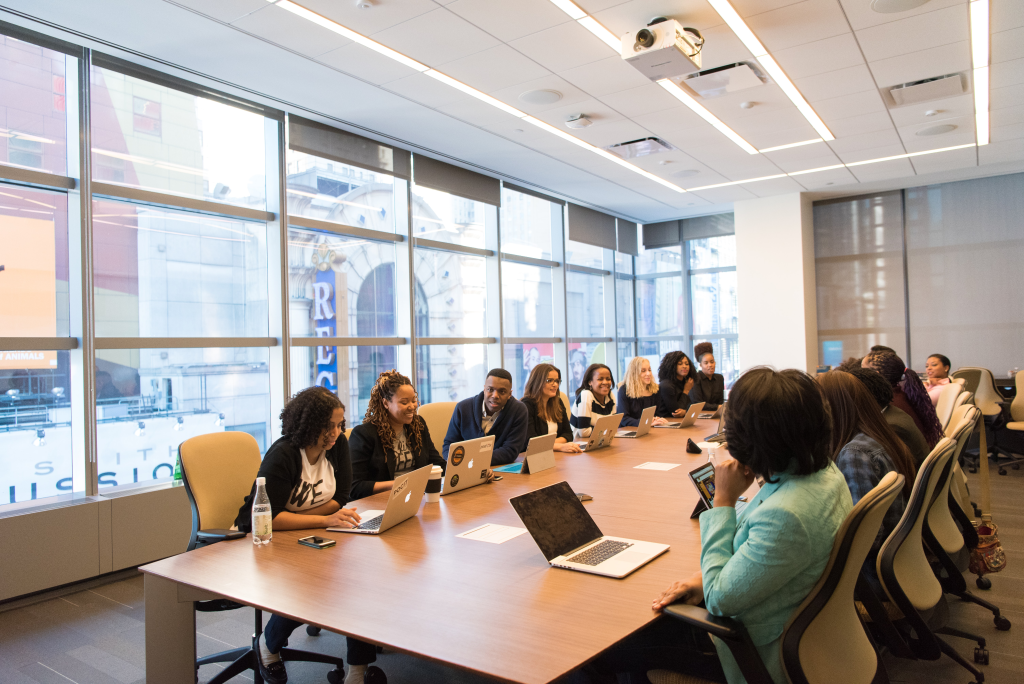What’s in store for the Cyber Security industry?
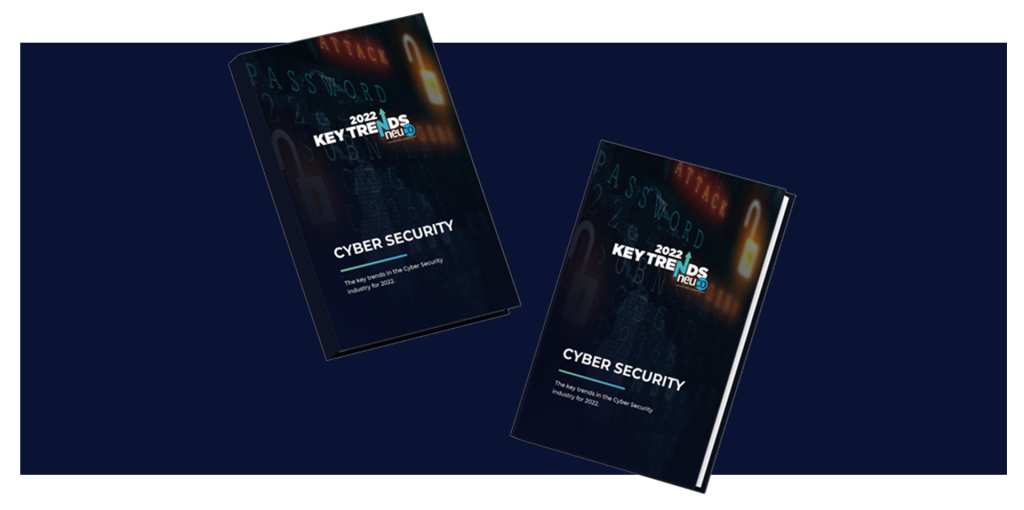
2022, where’s it going to go, what does it have in store?
We’ve collated key trends from some of the influential figures across the 4 sectors we recruit into – Cyber Security, Connectivity, Content & Media and Satellite & NewSpace.
We’ve spoken to experts from companies such as Sky, Orbit Fab, Casa Systems, and A5G Networks.
If you want to find out what we think will be the key trends for cyber security this year, then just click the link below to download now!
